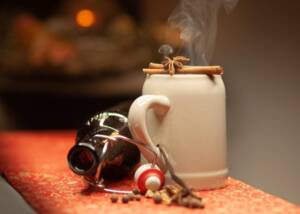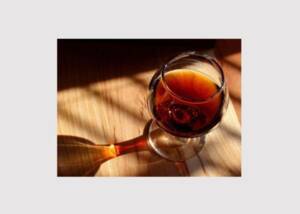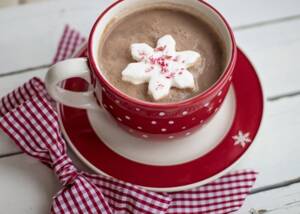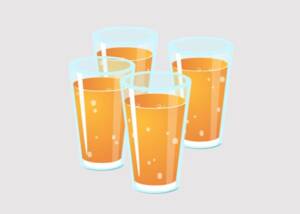Loophole in Prohibition: Liquor on Prescription
News News blog
While alcohol was still tolerated after the Civil War (1861-1865) for wound care, pain relief, etc., from the 1880s onwards there were more and more opponents of alcohol in the USA. At the turn of the century, more than half of the states in the USA had already introduced prohibition. But there was still a loophole: one could simply order alcohol from neighbouring states without prohibition by mail. However, this was banned in 1913.
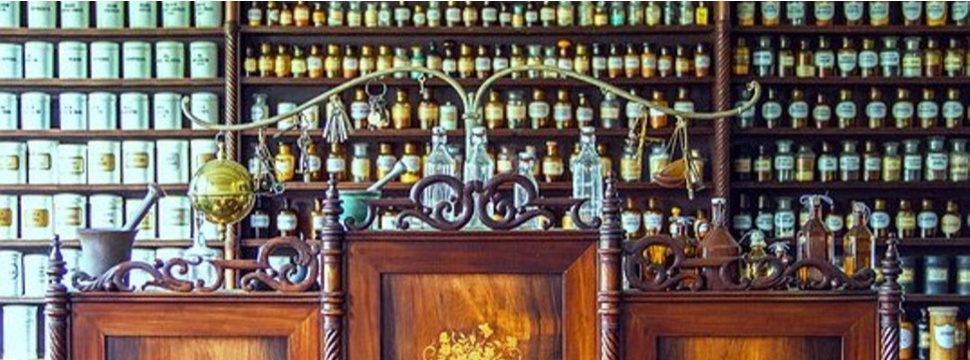
In 1919, the 18th Amendment to the US Constitution was passed with the necessary majority. This amendment prohibited the manufacture, sale and transportation of spirits for consumption. Nationwide prohibition by law was the result. Congressman Andrew J. Volstead finally succeeded in having beer and wine with more than half a percent alcohol declared illegal with the so-called "Volstead Act".
From 29 January 1920, the production, sale and transport of alcoholic beverages were prohibited. Surprisingly, consumption remained unpunished - presumably it was thought that if no alcohol could be produced and sold, then none could be drunk.
But the road to hell is paved with good intentions - distilleries, breweries, bars and saloons were closed, many people became unemployed. Bars relocated to basements, private flats, etc..
Criminals divided the new shadow market among themselves, creating a ring of liquor smuggling, protection rackets, murder, money laundering, bribing police, judges, mayors and senators.
And alcohol was by no means in short supply - bootleggers steadily brought goods from the Caribbean, Canada, Mexico or even from Ireland and Scotland. Grain alcohol was permitted for industrial purposes and could quickly be converted into drinkable liquor. Self-distilling became a hobby and claimed countless lives, as the alcohol produced was no longer subject to legal control. The term "moonshiners" - farmers who secretly distilled schnapps in the evening by moonlight after their agricultural work - still used today also dates from this time. Another loophole was alcohol on prescription and doctors were steadily prescribing more of it. Demand was naturally high and the producers of pharmaceutical products also relied on the "medicinal qualities" of alcohol.
Due to the illegalisation of alcohol, high-proof drinks were increasingly consumed, because spirits were easier to transport than beer. At the same time, the price of beer rose above that of spirits because its transport was more risky.
Within a very short time, the police were overworked and the prisons were overcrowded. In 1923, 44% of all law violations were related to Prohibition. In addition, billions of dollars flowed past the state into the pockets of organised criminals through the illegal liquor trade.
When the stock market crash of 1929 led to the Great Depression, calls for the repeal of Prohibition grew louder and louder.
After Franklin Delano Roosevelt's victory in the presidential election, beer with a maximum alcohol content of 3.2 % vol. was permitted again. On 5 December 1933, the 18th Amendment was repealed and Prohibition was history.

